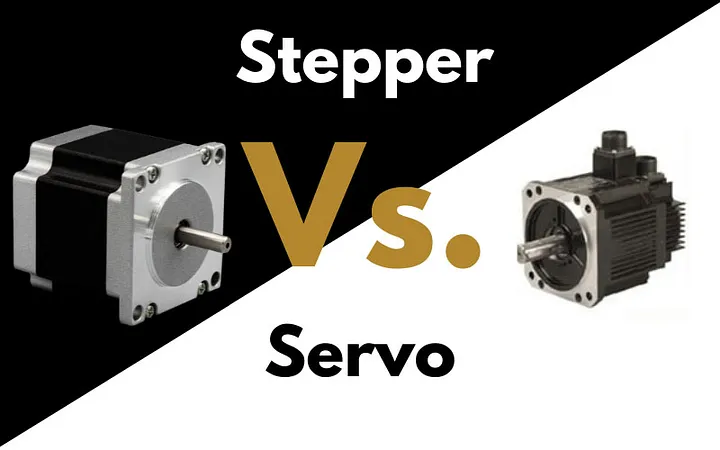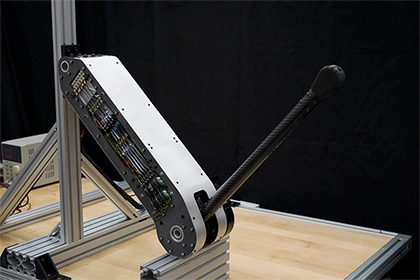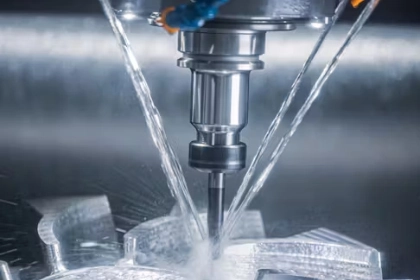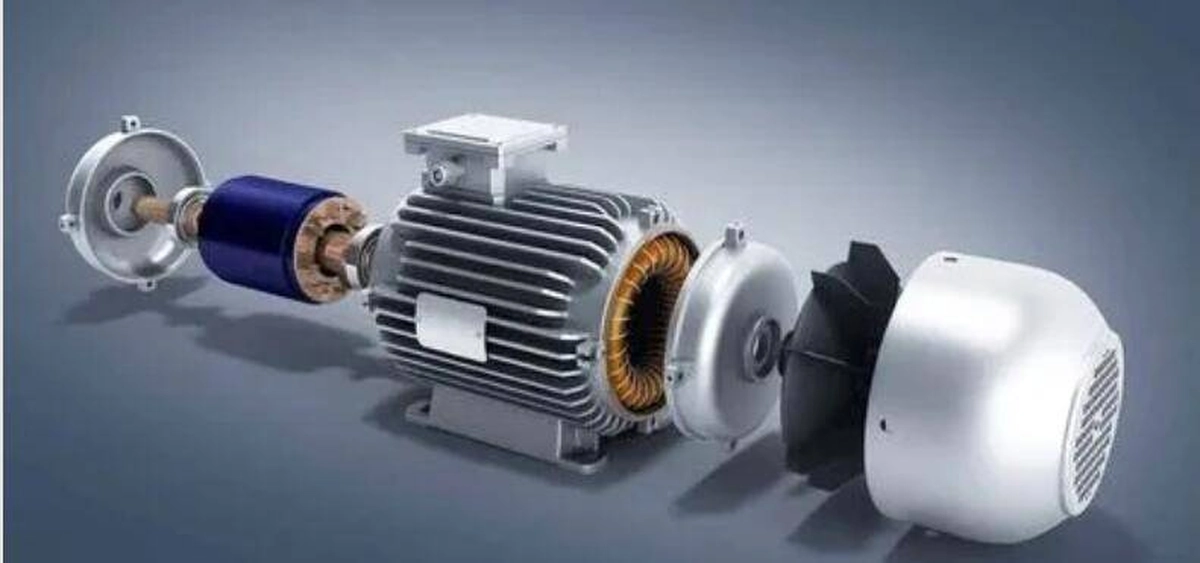- +86 19149417743
- Zhengzhou, Henan Province, China
- Mon-fri: 8am - 7pm
Get a quote

The servo motor can control the speed, the position accuracy is very accurate, and it can convert the voltage signal into torque and rotational speed to drive the control object. The rotor speed of the servo motor is controlled by the input signal and can respond quickly. In the automatic control system, it is used as an actuator and has the characteristics of small electromechanical time constant and high linearity . It can convert the received electrical signal into the motor shaft. Angular displacement or angular velocity output. They are divided into two categories: DC and AC servo motors . Their main feature is that there is no rotation when the signal voltage is zero, and the rotational speed decreases at a constant speed as the torque increases.
DC servo motors can be used in spark machines, manipulators, precision machines, etc. It can be equipped with 2500P/R high-resolution standard encoder and speedometer at the same time, and can also be equipped with a reduction gearbox to bring reliable accuracy and high torque to the mechanical equipment. It has good speed regulation and has the highest output power per unit weight and volume, which is greater than AC motors and far more than stepper motors. The multi-stage structure has small moment fluctuations.
Stepper motors rotate by activating each electromagnetic coil in sequence. As electric current passes through each coil, electromagnetic force causes the rotor to turn the gear or drive system. Each time the solenoid is activated, the rotor moves one step at a fixed angle. Therefore, the movement of a stepper motor is discrete and the position of each step can be precisely controlled.
In contrast, servo motors achieve precise control and positioning through a feedback control system. The system structure of a servo motor includes a motor, encoder and feedback controller. The encoder monitors the position of the motor rotor in real time and feeds the data back to the controller. The controller adjusts the motor's speed and torque output based on the difference between the desired position and the actual position to ensure precise motion control.
Stepper motors typically use open-loop control systems. In this system, the controller sends instructions to the motor, and the motor performs corresponding actions according to the instructions. Since each step of the stepper motor is discrete and there is a fixed angle between any two steps, there is no need for position feedback under normal conditions. This makes the stepper motor system relatively simple and the control method relatively simple.
Servo motors generally use closed-loop control systems. The closed-loop control system controls the rotation of the motor through real-time position feedback. The encoder monitors the actual position of the motor rotor and feeds this information back to the controller. The controller compares the input position command and adjusts the motor based on the difference. This closed-loop control system can provide higher control accuracy and stability and is suitable for applications requiring high-precision positioning.
Stepper motors usually have high torque output, especially at low speeds, and their output torque performance is better than that of servo motors. This makes stepper motors excellent in applications that need to carry larger loads or have higher static torque requirements. However, during high-speed operation or acceleration/deceleration, the output torque of the stepper motor will decrease significantly, resulting in poor dynamic response performance of the control system.
Servo motors have relatively smooth and stable torque output characteristics. Through the closed-loop control system, the servo motor can provide stable torque output throughout the entire speed range. This makes servo motors suitable for applications requiring high-speed operation, high acceleration/deceleration performance, and precise positioning.
Since the stepper motor uses open-loop control, its control system is relatively simple and only needs to provide appropriate pulse signals to achieve basic rotation. This makes the stepper motor easier to integrate into various control systems and the cost is relatively low.
The control system of servo motors is relatively complex and requires components such as encoders and feedback controllers to achieve closed-loop control. This makes the integration requirements of servo motors higher and the cost relatively high. But its high accuracy and stability are essential in some applications.
 2024-08-30 16:01:40
Engineering
2024-08-30 16:01:40
Engineering
 2024-07-26 14:09:13
Engineering
2024-07-26 14:09:13
Engineering
 2024-07-18 09:42:00
Engineering
2024-07-18 09:42:00
Engineering